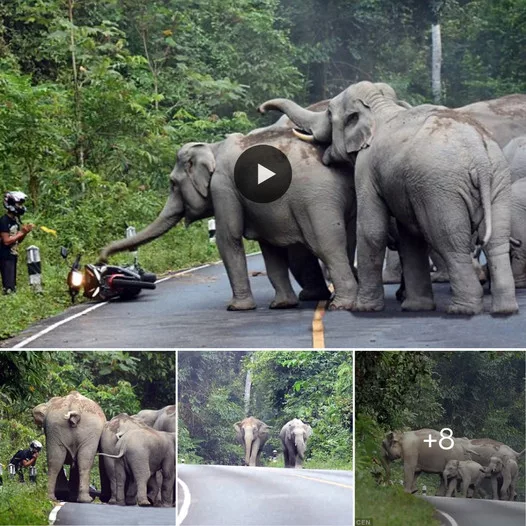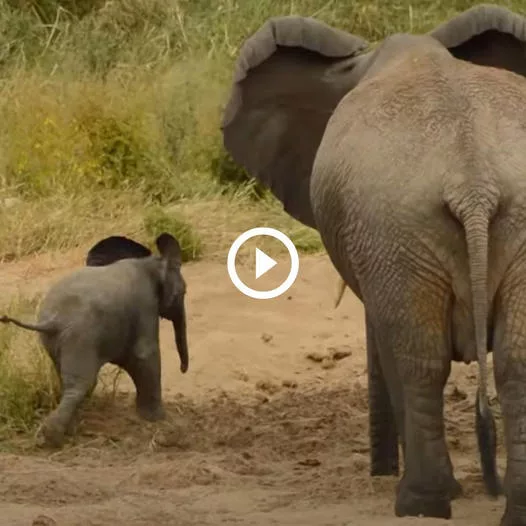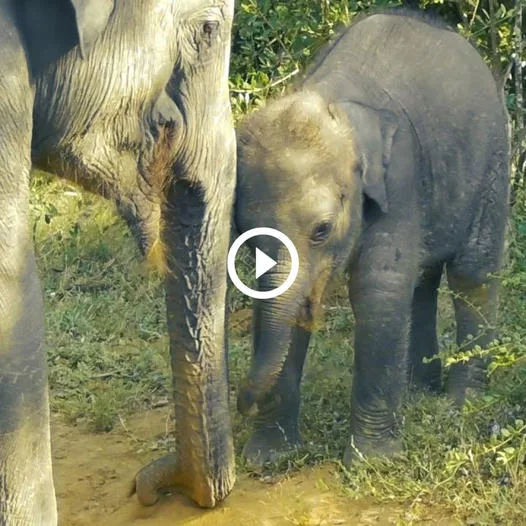Elephants hit by trains in Thai forests

Elephants are majestic creatures that roam freely in the forests of Thailand. However, their peaceful existence has been disrupted by the increasing number of trains passing through their habitats.
In recent years, there have been several incidents of elephants being hit by trains while crossing railway tracks in the dense forests of Thailand. These accidents have resulted in the deaths of many elephants, causing concern among conservationists and wildlife enthusiasts.

The main reason for these accidents is the encroachment of railways into elephant habitats, which has disrupted their natural movement patterns. The railways have also brought with them noise pollution, which disturbs the elephants and makes it difficult for them to hear approaching trains.
Efforts are being made to address this issue, such as the construction of elephant underpasses and overpasses to allow the animals to safely cross the tracks. Additionally, some trains have reduced their speed when passing through elephant habitats to reduce the risk of collisions.

However, more needs to be done to protect these magnificent creatures and their habitats. We must work towards finding a balance between development and conservation, ensuring that the needs of both humans and wildlife are met.
In conclusion, the increasing number of elephants being hit by trains in Thai forests is a cause for concern. We must take action to address this issue and protect these amazing animals and their habitats.
The situation of elephants being hit by trains in Thai forests is a complex issue that requires a multi-faceted solution. While constructing underpasses and overpasses for elephants is a step in the right direction, it is not enough to fully solve the problem.

The encroachment of railways into elephant habitats is the root cause of this issue. Therefore, it is important to find ways to minimize the disruption of elephant habitats while still allowing for the development of transportation infrastructure. This could include rerouting railway tracks or creating buffer zones between the tracks and elephant habitats.

Another solution could be to implement stricter laws and regulations on noise pollution in elephant habitats. This could include limiting the number of trains passing through these areas or requiring trains to use quieter engines when passing through sensitive zones.
Additionally, education and awareness campaigns could be implemented to educate both locals and tourists on the importance of protecting elephant habitats and the consequences of disrupting their movement patterns. This could help reduce the number of incidents and encourage more responsible behavior around elephants and their habitats.

In summary, while efforts are being made to address the issue of elephant deaths caused by trains in Thai forests, more needs to be done. A comprehensive approach that considers the needs of both humans and wildlife is necessary to find a sustainable solution. By working together, we can protect these amazing animals and their habitats for generations to come.



